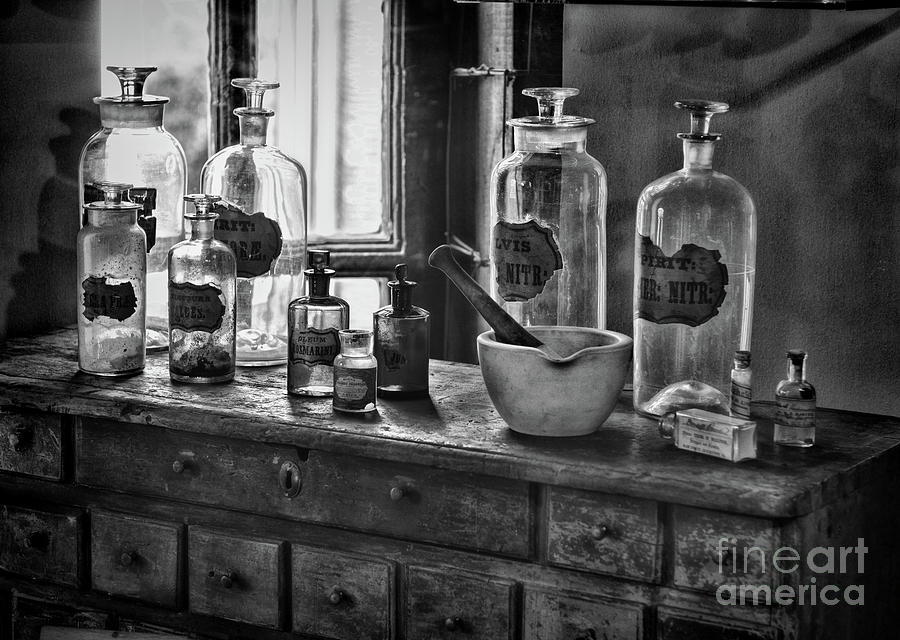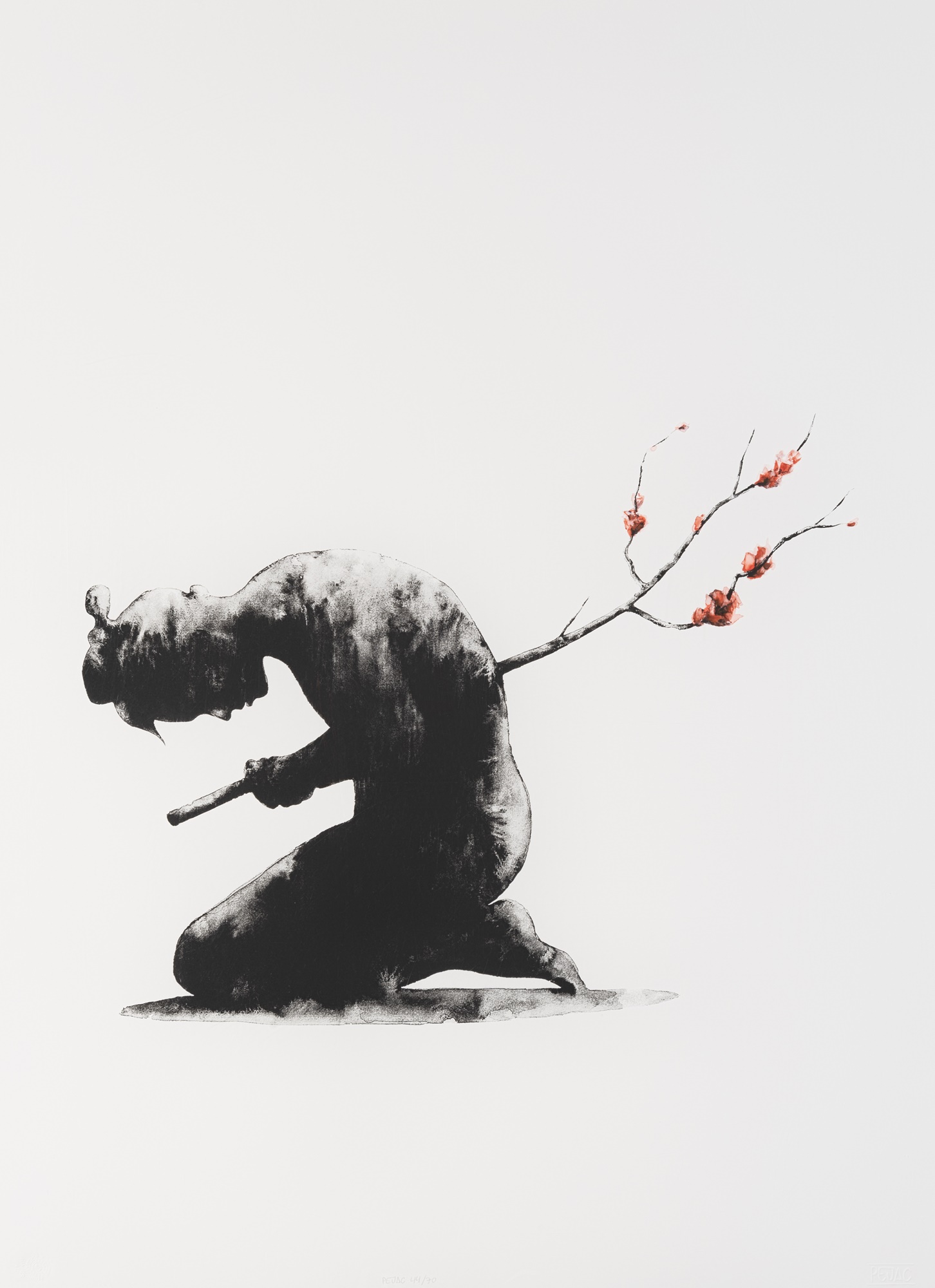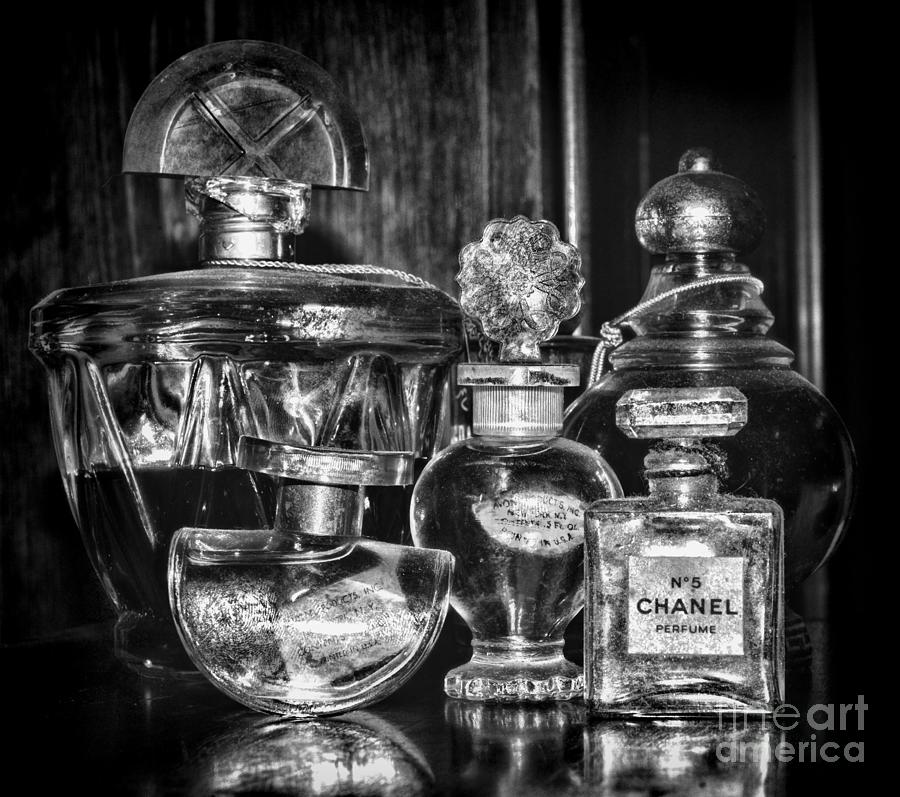The Perfume Collection in black and white is a photograph by Paul Ward which was uploaded on November 20th, 2020. The photograph may be purchased as wall art, home decor, apparel, phone cases, greeting cards, and more. All products are produced on-demand and shipped worldwide within 2 - 3 business days.. A small, yet intimate, collection of various perfume bottles.
Vintage Bottle Images Free Photos, PNG Stickers, Wallpapers & Backgrounds - rawpixel

Esme White and the darkly spun folk tale of Mother's Ugly Angels - AMERICAN PANCAKE
What is a good everyday fragrance a man can wear? - Quora

The Perfume Collection in black and white Kids T-Shirt by Paul Ward - Pixels

street photography, On This Date in Photography: by James Mcardle
Vintage Top Shelf Pharmacy black and white Photograph by Paul Ward

Vintage Top Shelf Pharmacy black and white by Paul Ward

Molchat Doma – Queen City Sounds and Art
Chuck and Rachel (Valerie Harper) quit their jobs in the city and move to a lake house, where they open a rental business. The locals are hostile. Chuck finds a dead body, but it is gone when he returns with police. Later, Chuck and Rachel find a second dead body in the woods. The sheriff […]

The People Across the Lake - MoviePooper
Here’s what you need to know
.jpg)
Rare Frank Lloyd Wright Works Go to Auction, Black Friday Results Land, and More News This Week
Our Pioneer, Arthur Neumeier is a documentary director and cinematographer based with his production company Eyeforce, in Cape Town, South Africa. He co-founded Ocean Collective, a global network of filmmakers committed to protecting and restoring our planet through the power of storytelling.

Our pioneer in Cape Town: Arthur Neumeier
A rose is a woody perennial flowering plant of the genus Rosa, in the family Rosaceae, or the flower it bears. There are over three hundred species and tens of thousands of cultivars.[citation needed] They form a group of plants that can be erect shrubs, climbing, or trailing, with stems that are often armed with sharp prickles. Their flowers vary in size and shape and are usually large and showy, in colours ranging from white through yellows and reds. Most species are native to Asia, with smaller numbers native to Europe, North America, and northwestern Africa.[citation needed] Species, cultivars and hybrids are all widely grown for their beauty and often are fragrant. Roses have acquired cultural significance in many societies. Rose plants range in size from compact, miniature roses, to climbers that can reach seven meters in height.[citation needed] Different species hybridize easily, and this has been used in the development of the wide range of garden roses. ETYMOLOGY The name rose comes from Latin rosa, which was perhaps borrowed from Oscan, from Greek ρόδον rhódon (Aeolic βρόδον wródon), itself borrowed from Old Persian wrd- (wurdi), related to Avestan varəδa, Sogdian ward, Parthian wâr. BOTANY The leaves are borne alternately on the stem. In most species they are 5 to 15 centimetres long, pinnate, with (3–) 5–9 (–13) leaflets and basal stipules; the leaflets usually have a serrated margin, and often a few small prickles on the underside of the stem. Most roses are deciduous but a few (particularly from Southeast Asia) are evergreen or nearly so. The flowers of most species have five petals, with the exception of Rosa sericea, which usually has only four. Each petal is divided into two distinct lobes and is usually white or pink, though in a few species yellow or red. Beneath the petals are five sepals (or in the case of some Rosa sericea, four). These may be long enough to be visible when viewed from above and appear as green points alternating with the rounded petals. There are multiple superior ovaries that develop into achenes. Roses are insect-pollinated in nature. The aggregate fruit of the rose is a berry-like structure called a rose hip. Many of the domestic cultivars do not produce hips, as the flowers are so tightly petalled that they do not provide access for pollination. The hips of most species are red, but a few (e.g. Rosa pimpinellifolia) have dark purple to black hips. Each hip comprises an outer fleshy layer, the hypanthium, which contains 5–160 "seeds" (technically dry single-seeded fruits called achenes) embedded in a matrix of fine, but stiff, hairs. Rose hips of some species, especially the dog rose (Rosa canina) and rugosa rose (Rosa rugosa), are very rich in vitamin C, among the richest sources of any plant. The hips are eaten by fruit-eating birds such as thrushes and waxwings, which then disperse the seeds in their droppings. Some birds, particularly finches, also eat the seeds. The sharp growths along a rose stem, though commonly called "thorns", are technically prickles, outgrowths of the epidermis (the outer layer of tissue of the stem), unlike true thorns, which are modified stems. Rose prickles are typically sickle-shaped hooks, which aid the rose in hanging onto other vegetation when growing over it. Some species such as Rosa rugosa and Rosa pimpinellifolia have densely packed straight prickles, probably an adaptation to reduce browsing by animals, but also possibly an adaptation to trap wind-blown sand and so reduce erosion and protect their roots (both of these species grow naturally on coastal sand dunes). Despite the presence of prickles, roses are frequently browsed by deer. A few species of roses have only vestigial prickles that have no points. EVOLUTION About 50 million years ago, the first rose in the Americas were found in modern-day Colorado in the United States. Today

Rose, A rose is a woody perennial flowering plant of the ge…
The Metropolitan Museum of Art

Tate Ward @ Artsy - By Collectors For Collectors
A very old and rare padlock, plus a trip to a spa.

Antiques Road Trip, Izzie Balmer and Ishy Kahn, Day 3, Season 26, Episode 18

Year End Lists – Reckless Records
